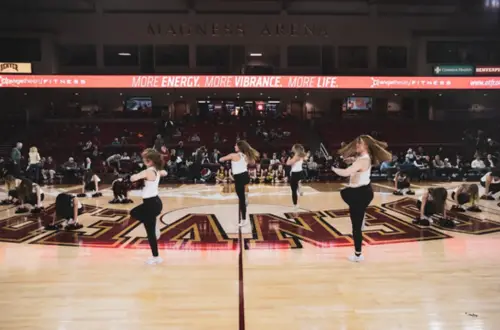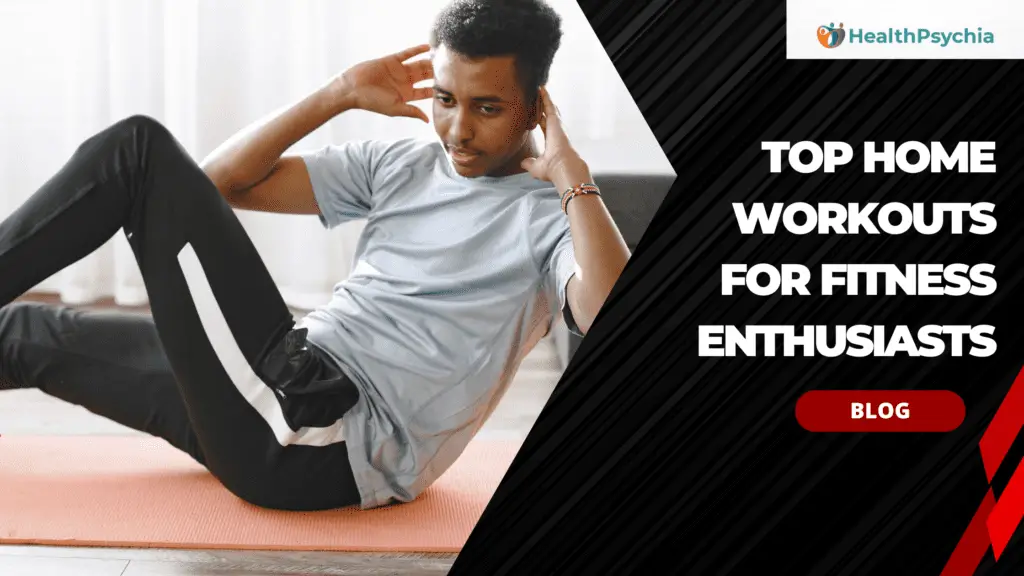When it comes to Orangetheory Fitness, two terms often come up: 2G and 3G. These words might sound like they are about networks, but they actually mean the number of groups in a class. Whether you’re new to the fitness or a regular, knowing the difference between 2G and 3G classes can help you choose the right workout for your fitness goals and tastes. In this article, we’ll talk about the differences and similarities between the Orangetheory 2G and 3G classes, as well as which one might be better for beginners.
Orangetheory 2G: A Balanced Approach
Orangetheory 2G classes consist of two groups working out simultaneously. This format allows for a more focused and balanced approach to the workout. Typically, one group starts on the treadmills, while the other group engages in rowing or floor exercises. The groups switch after a designated period, ensuring that each participant gets equal time on each station.
In a standard Orangetheory studio with 12 settings at each station, a 2G class would have 24 participants. The class duration remains the same as any other Orangetheory class: 60 minutes. However, the distribution of time is different in a 2G class. Participants spend approximately half of the class on the treadmills and the other half split between rowing machines and floor exercises.

The flexibility of the 2G format allows participants to focus more on their preferred exercises. For instance, if you prefer jogging, you may run on the treadmill for longer periods of time and spend less time on the rowing machine or doing floor exercises. This style is very helpful for people who want to lose weight because it offers a lot of opportunities to engage in cardiovascular exercise.
Orangetheory 3G: The Perfect ESP Training
Orangetheory 3G classes, on the other hand, involve three groups working out simultaneously. These classes are designed to accommodate high-volume attendance and ensure that everyone has a place to work out, especially during peak times or busy evenings.
In a 3G class, all three sections of Orangetheory exercises are in use throughout the entire class. Every group has been given a certain station to work out at, such as treadmills, rowing machinery, or exercises on the floor. In a 3G class, people spend approximately one-third of the session at each station. This is in contrast to a 2G class, in which participants alternate between stations during the duration of the lesson.
The primary advantage of the 3G format is that it provides a well-rounded workout and targets all aspects of fitness: power, endurance, and strength. The continuous rotation through the stations ensures that no exercise is neglected. While participants spend less time at each station compared to a 2G class, the variety of exercises and the constant movement offer a dynamic and challenging fitness experience.
Comparing Orangetheory 2G and 3G
Let’s compare Orangetheory 2G and 3G classes’ main differences:
| Aspect | Orangetheory 2G | Orangetheory 3G |
| Classes | Treadmill, rowing machine, and strength training | Treadmill, rowing machine, and strength training |
| Rotations | Flexible | Compulsory rotation among the three exercise stations |
| Duration | 60 minutes | 60 minutes |
| Duration at each station | ½ time on the treadmill, ½ time split between rowing machines and floor weight training | ⅓ time on the treadmills, ⅓ on the rowing machines, and ⅓ on the floor weight training |
| Number of participants | Standard Orangetheory studio with 12 settings at each station: 24 people | Standard Orangetheory studio with 12 settings at each station: 36 people |
| Trainers | Any Orangetheory trainer can take a group through the training | The trainer must have gone through a specific number of 2G classes to coach 3G classes |
| Intensity | High-intensity interval training | High-intensity interval training |
| Exercise goals | Whole-body cardio and strength training; more cardio for weight loss | Whole-body cardio and strength training; evenly distributed exercises |
Despite their differences, Orangetheory 2G and 3G classes share several similarities. Both classes provide a full-body workout that targets various muscle groups and cardiovascular fitness. The workouts are high-intensity, ensuring that participants maximize their calorie burn and cardiovascular endurance.
Additionally, both 2G and 3G classes follow a 60-minute duration, allowing participants to engage in a comprehensive workout within a set timeframe. Furthermore, participants in both types of classes have access to the same exercise stations, including treadmills, rowing machines, and floor equipment.
Which Is Better for Beginners?
For beginners, choosing between Orangetheory 2G and 3G classes may seem challenging. However, there are some factors to consider when making a decision.
If you’re new to rowing or find it more challenging than other exercises, starting with a 2G class might be a good option. In a 2G class, you have the flexibility to focus on running and strength training, where form and technique may be more familiar and less intimidating.
On the other hand, if you’re looking for a well-rounded workout and want to challenge yourself from the start, a 3G class can provide a comprehensive fitness experience. The constant rotation through the stations ensures that you engage in all aspects of Orangetheory training and develop a balanced fitness foundation.
Ultimately, it’s important to listen to your body and choose the class format that aligns with your fitness goals and preferences. Consulting with an Orangetheory trainer can also provide valuable guidance and help you make an informed decision.
Which Burns More Calories: 2G or 3G?
The calorie burn in Orangetheory classes is influenced by various factors, including individual effort, exercise intensity, and the specific workout template of the day. While some participants may find a slight difference in calorie burn between 2G and 3G classes, it’s important to note that the template of the day plays a more significant role.
For example, if a certain workout template includes heavy rowing, participants may experience a higher calorie burn compared to a template with less emphasis on rowing. Additionally, the intensity and duration of exercises performed at each station can impact calorie expenditure.
Overall, the calorie burn in both 2G and 3G classes can be significant, especially when participants push themselves and maintain a high level of effort throughout the workout.
Is Orangetheory 2G or 3G Harder?
Both Orangetheory 2G and 3G classes are designed to challenge participants and provide a high-intensity workout. However, the perceived difficulty may vary depending on individual preferences and fitness levels.
In terms of structure, 3G classes tend to be slightly more challenging due to the shorter breaks between exercises and the continuous rotation through the stations. Participants in 3G classes have no choice but to participate in all three-station exercises, which can be physically demanding.
On the other hand, Orangetheory 2G classes offer more flexibility and allow participants to focus on their preferred exercises. The ability to choose between running, rowing, or floor exercises can make the workout feel more manageable for some individuals.
Ultimately, the perceived difficulty of Orangetheory 2G classes is subjective and can vary from person to person. It’s important to approach each workout with the right mindset, listen to your body, and push yourself within your personal limits.
Pros and Cons of Orangetheory 2G and 3G
Both Orangetheory 2G and 3G classes have their own advantages and considerations. Here are some pros and cons to help you evaluate which format may suit you best:
Orangetheory 2G:
Pros:
- More flexibility in choosing exercises
- Opportunity to focus on preferred activities
- Ideal for individuals who enjoy running and strength training
- Can be beneficial for weight loss when combined with cardiovascular exercise
Cons:
- Limited exposure to rowing exercises
- Less emphasis on continuous rotation
Orangetheory 3G:
Pros:
- Comprehensive workout targeting all exercise stations
- Constant movement and dynamic exercises
- Well-rounded fitness training
- Ideal for individuals seeking variety and a challenge
Cons:
- Less time spent at each station
- Limited flexibility in choosing exercises
It’s important to consider your personal preferences, fitness goals, and comfort level when deciding between Orangetheory 2G and 3G classes. Trying both formats can also help you determine which one suits you best.
Orangetheory 2G and 3G Templates
To give you an idea of the workouts in Orangetheory 2G and 3G classes, here are examples of templates for each format:
Orangetheory 2G (60 minutes) Template
Tread Block 1 – 7 minutes:
- 2 minutes push
- 45 seconds base
- 1 minute push at 4%
- 45 seconds base
- 1 minute push at 4%
- 45 seconds base
- 45 seconds all-out
Tread Block 2 – 6.5 minutes:
- 90 seconds push
- 45 seconds base
- 1 minute push at 3%
- 45 seconds base
- 1 minute push at 3%
- 45 seconds base
- 45 seconds all-out
Tread Block 3 – 6 minutes:
- 1 minute push
- 45 seconds base
- 1 minute push at 2%
- 45 seconds base
- 1 minute push at 2%
- 45 seconds base
- 45 seconds all-out
Floor Block 1 – 7 minutes:
- 20-stroke push row (check distance)
- Superset:
- 8 reps chest press
- 8 reps chest fly, rest
- 4 reps each cross back lunge
Floor Block 2 – 6.5 minutes:
- 20-stroke push row (check distance)
- Superset:
- 8 reps upright row
- 8 reps high row, rest
- 8 reps sit-up stand to shoulder press
Floor Block 3 – 6 minutes circuit:
- 8 reps full v-up
- 8 reps seated alternate oblique knee tuck
- 8 reps low plank alternate wide knee drive
- Finisher: 45 seconds of sit-up stand to shoulder press
Orangetheory 3G (60 minutes) Template
Tread Block 1 – 4 minutes:
- 1 minute push
- 30 seconds base
- 1 minute push
- 30 seconds base
- 1 minute all-out
Tread Block 2 – 4 minutes:
- Goal: match or beat distance from block 1
- 1 minute base to push
- 1 minute push
- 1 minute push to all-out
- 1 minute all-out
Tread Block 3 – 4 minutes:
- Goal: match or beat previous best distance
- 3 minutes tread for distance
- 1 minute all-out
Row Block 1 – 4 minutes:
- 200m all-out row
- 20 pogo hops
Row Block 2 – 4 minutes:
- 150m all-out row
- 20 quick feet exchanges
Row Block 3 – 4 minutes:
- 100m all-out row
- 20 twist hops (repeat)
- Finisher: 1 minute all-out row
Floor Block 1 – 4 minutes circuit:
- 6 reps each low bench reverse lunge to single leg hop
- 12 reps total low bench high plank up and down
Floor Block 2 – 4 minutes circuit:
- 6 reps each single arm clean to press
- 12 reps low bench high plank jack
- 12 reps low bench high plank jack
Floor Block 3 – 4 minutes circuit:
- 6 reps each single arm snatch
- 12 reps low bench bridge
- Finisher: 1minute alternating single arm snatch
Conclusion
Whether you choose to attend an Orangetheory 2G or 3G class, you can expect a high-intensity and dynamic workout that targets various aspects of fitness. The decision between 2G and 3G depends on your personal preferences, fitness goals, and comfort level with different exercises. For beginners, starting with a 2G class can provide a more flexible and familiar introduction to Orangetheory Fitness. However, if you’re up for a challenge and want a comprehensive workout from the start, a 3G class offers a well-rounded fitness experience.
Remember, the most important thing is to find a class format that you enjoy and that motivates you to reach your fitness goals. So, lace up your shoes, grab your towel, and get ready to crush your workout at Orangetheory Fitness!


